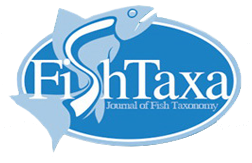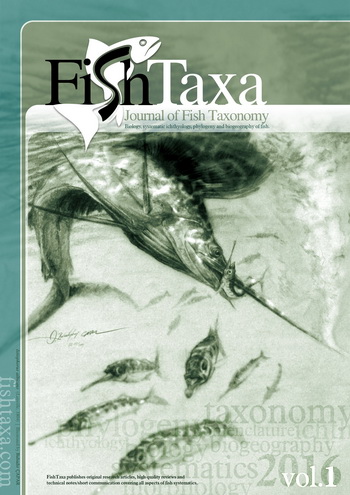Decoding comparable morphologies: Pigmentation validated for identifying southern California Paralabrax larvae
Erica T. Jarvis MASON, Lucille BULKELEY Scripps Institution of Oceanography, University of California San Diego, California, USA
William W. WATSON Fisheries Resources Division, Southwest Fisheries Science Center, NOAA Fisheries, California, USA
Allyson C. Salazar SAWKINS Scripps Institution of Oceanography, University of California San Diego, California, USA
Matthew T. CRAIG, John R. HYDE, Andrew R. THOMPSON Fisheries Resources Division, Southwest Fisheries Science Center, NOAA Fisheries, California, USA
Brice X. SEMMENS Scripps Institution of Oceanography, University of California San Diego, California, USA
Abstract
The distribution and trends in larval fish abundance are often used to assess the status and trends of marine fish populations. However, for closely related species whose larvae are morphologically similar and whose genetic identities may be degraded by formalin preservation, unraveling species-specific larval abundances from long-term monitoring efforts presents a challenge. We used statistical methods and the molecular identities of 107 ethanol-preserved specimens to construct and test a taxonomic key based on pigmentation patterns observed in three species of Paralabrax (family Serranidae) from southern California. Previously, larvae of these species were not thought to be reliably distinguishable based on morphology or pigmentation. However, when using pigmentation characters paired with molecular identities, a Random Forest Classifier provided a tool for structuring and refining a taxonomic key to distinguish species. Following calibration and key refinement, the probabilities of achieving accurate and precise species classifications using our taxonomic key were >96%, indicating that ventral and pectoral fin pigmentation patterns can discriminate Paralabrax larvae. Importantly, we can now leverage existing and future ichthyoplankton survey collections to assess species-specific trends in larval abundance without requiring expensive and labintensive genetic analyses used with formalin-fixed specimens.

